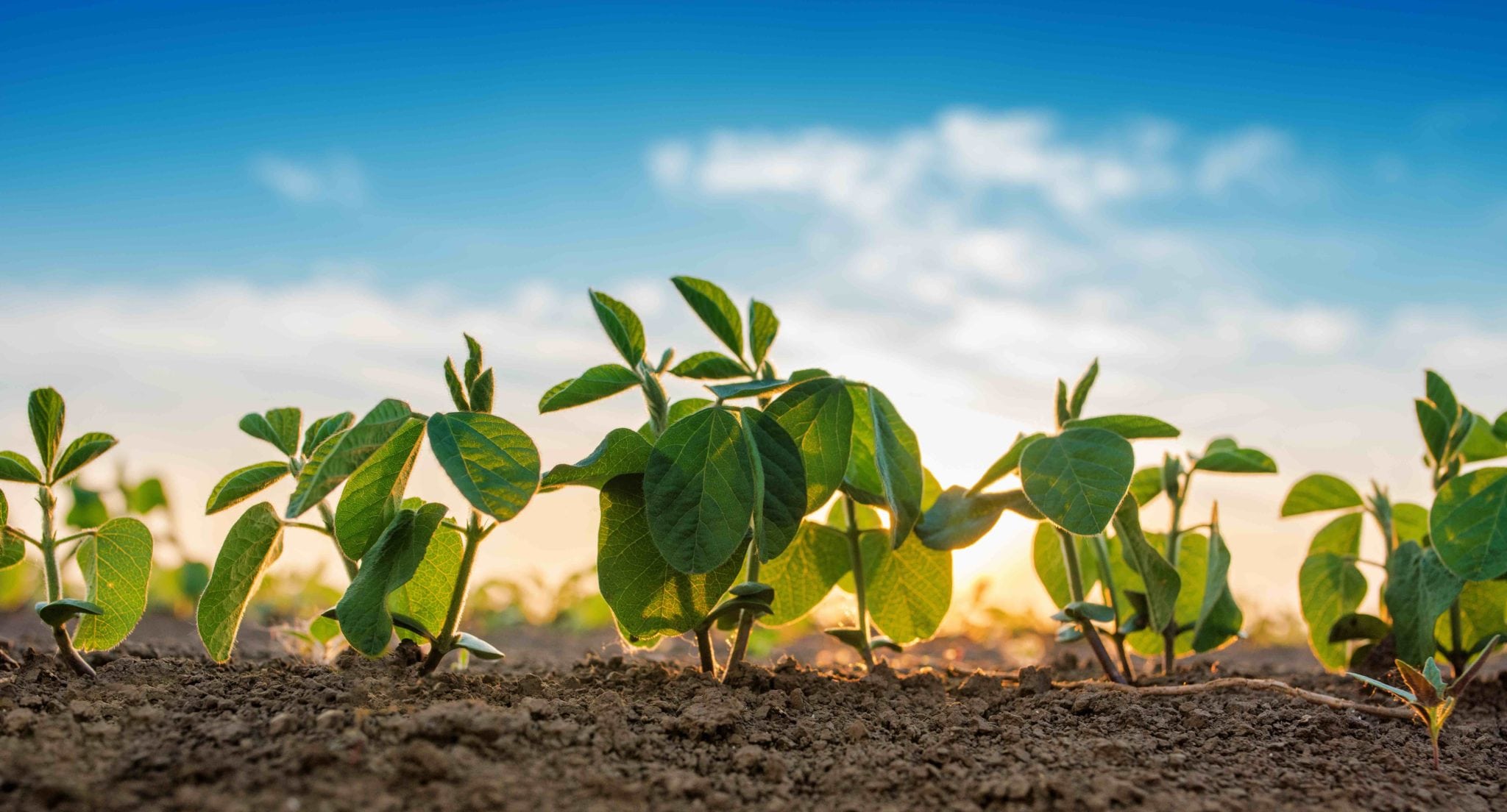Menu
Fertility That Yields
As growers look for ways to maximize productivity, the question comes up, “What is the best fertility recommendation?” The challenge growers have to deal with is, “What do I do with all the different opinions that are out there?
One of the first questions we need to sort out in the decision-making process is, “Are you going to feed the crop or are you going to fertilize the soil?” You probably will quickly respond, “Both.” Is there a difference? Does the difference change how you make your crop fertility decisions? Stop and think about it for a second, the plant doesn’t live in the soil, it lives in the water (soil solution) within the soil profile. If you doubt me on that, just ask yourself what happens when you remove the water from the soil profile? The plant dies. So let’s think about your fertility strategy. Are you going to fertilize the soil or are you going to feed the crop?

Our traditional way of fertilizing the crop is based on soil testing and making recommendations based on the level of nutrients within the soil, the organic matter, the CEC levels, etc. all of which are very helpful tools. What if you took another step in your fertility analysis, and started looking at your fertility needs based on what the plant told you it needed? What if you started taking tissue tests frequently, of the crop you are growing, and then adjusted your nutrient applications to meet the growing and changing needs of the crop? Could you develop a data set over multiple years from your tissue tests, that would guide your fertility decisions, help you ensure you have adequate nutrients available during key growth stages?
Good solid foundational fertility programs are essential to maximizing productivity, but if we look at the basis of many fertility recommendations, they are based on fertility programs and recommendations that were developed many years ago with different genetics, different farming practices, different cropping systems, etc.
As a grower today, your “on farm efficiency” is so much greater than 25-30 years ago. In the past we slug fed fertility to grow crops. Today, input costs do not give us that liberty. Growers today do a much more efficient job of growing crops by utilizing nitrogen stabilizers, precision application, precision placement, and targeting nutrients during critical growth stages. According to data available from the USDA and the Fertilizer Institute, the total (lbs on the ground applied) of fertilizer used today in American agriculture is not that much different than 1980.
“What’s holding you back from higher yields?” Is some element of your fertility program limiting your effort to improve yields? Much emphasis is placed on the N, P, K, soil pH etc. within fertility recommendations. However, if you start to ask your soil lab questions about secondary and micro-nutrients needed to grow 300 bu corn, they often don’t have an answer. Try sending a soil test to the lab, and ask them for recommendations for 250 bu corn and then ask them to give you recommendations from the same soil test for 300 bu corn. For some labs, the only change they will make to their recommendations will be Nitrogen recommendations. Does the lack of recommendations focused on the other elements of fertility hold back yields?
When we understand some of the fundamentals to agronomy, such as “Corn needs 1 unit of nitrogen to grow a bushel of corn” and “For every 8 units of Nitrogen applied you need 1 unit of Sulfur” or “For every 9 parts of Phosphorus applied you need 1 part Zinc,” you might ask yourself, “Why aren’t the recommendations for secondary and micro-nutrients changing when we attempt to achieve higher yields? Are they limiting factors in your fertility program?
Many times, the answer to finding higher yields and increasing on farm profitability is found by asking the right questions. Keep asking questions until you uncover the roadblock that limits your ability to increase your yields.


